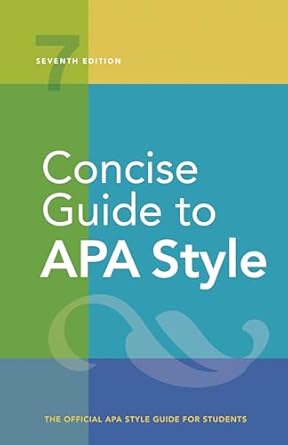[toc]
numbers in writing a style guide analysis
Concise Guide to APA Style: 7th Edition (OFFICIAL)
Page 145 Review
The Nuances of Numbers in Writing: A Detailed Analysis of “Numbers Ow 121”
“Numbers Ow 121” offers a concise yet comprehensive guide to the proper usage of numbers in academic and professional writing.
The document highlights specific rules and exceptions, ensuring clarity and consistency in numerical representation.
This analysis delves into the core principles outlined, examining their rationale and practical implications.
When to Spell Out Numbers: The Foundation of Clarity
The guide emphasizes spelling out numbers under specific circumstances.
As stated, “Use words to express the following: * numbers zero through nine (except as described in Sections 6.1 and 6.3) in the text, including in the abstract * any number that begins a sentence, title, or heading (when possible, reword the sentence to avoid beginning with a number).” This rule serves primarily to improve readability and aesthetic appeal, particularly in contexts where numerical values are not the primary focus.
Starting a sentence with a spelled-out number provides a smoother, less jarring reading experience.
For instance, instead of “12 students improved,” writing “Twelve students improved” creates a more visually pleasing and easily digestible sentence.
Furthermore, the document underscores the importance of spelling out common fractions. “one fifth of the class two-thirds majority” This avoids potential ambiguity, as numerals alone can sometimes be misinterpreted, especially when surrounded by complex language.
Spelling out fractions ensures immediate understanding and prevents any miscommunication.
Finally, it acknowledges universally accepted usages: “Twelve Apostles Five Pillars of Islam”.
These phrases are ingrained in common knowledge, using numerals would be jarring and stylistically incorrect.
Combining Numerals and Words: Balancing Precision and Readability
The section on combining numerals and words tackles the challenge of representing complex numerical modifiers effectively. “Use a combination of numerals and words to express back-to-back numerical modifiers. 2 two-way interactions ten 7-point scales”.
This approach helps avoid confusion and enhance clarity.
Consider the phrase “2 two-way interactions”; writing “two two-way interactions” might appear awkward and redundant.
Using a numeral for the first modifier creates a more streamlined and easily understood phrase.
The document also provides a crucial caveat: “However, if this makes the text more difficult for readers, consider rewording the sentence.” This highlights the importance of prioritizing clarity above rigid adherence to rules.
If combining numerals and words results in a convoluted sentence, rewriting to use a different structure is always the best option.
Ordinal Numbers: Consistency in Style
The treatment of ordinal numbers is straightforward: “Treat ordinal numbers as you would cardinal numbers.
Ordinal Cardinal base second-order factor two orders fourth grade, 10th grade four grades, 10 grades us first item of the 75th trial one item, 75 trials + first and third groups one group, three groups 3rd year 3 years”.
This means applying the same rules regarding when to spell out or use numerals for ordinal numbers based on the context.
If the ordinal number falls within the zero-to-nine range and isn’t part of a complex modifier, spell it out.
Otherwise, use numerals.
The note on superscripts is also important for maintaining a consistent and professional appearance. “The suffixes of ordinal numbers can be presented with or without a superscript (e.g., either 4″ or 4th), but be consistent in presentation throughout your paper.” Whether you choose to use superscripts or not, maintaining consistency throughout the document is key to ensuring a polished and credible presentation.
Conclusion: A Guide to Clear and Concise Numerical Representation
“Numbers Ow 121” provides a valuable framework for navigating the complexities of numerical representation in writing.
By adhering to the guidelines outlined, writers can ensure clarity, consistency, and professionalism in their work.
The document’s emphasis on balancing rules with readability is particularly important, reminding writers to prioritize clear communication above all else.
The guidelines allow precision without making the text cumbersome for the reader.
These points on clear communication are vital for any kind of writing, even outside of formal documents.
By using these guidelines, readers can rest assured that their audience will understand the meaning they’re intending to convey.
Buy full ebook for only $18: https://www.lulu.com/shop/american-psychological-association/concise-guide-to-apa-style-7th-edition-official/ebook/product-rmzpq54.html?page=1&pageSize=4

